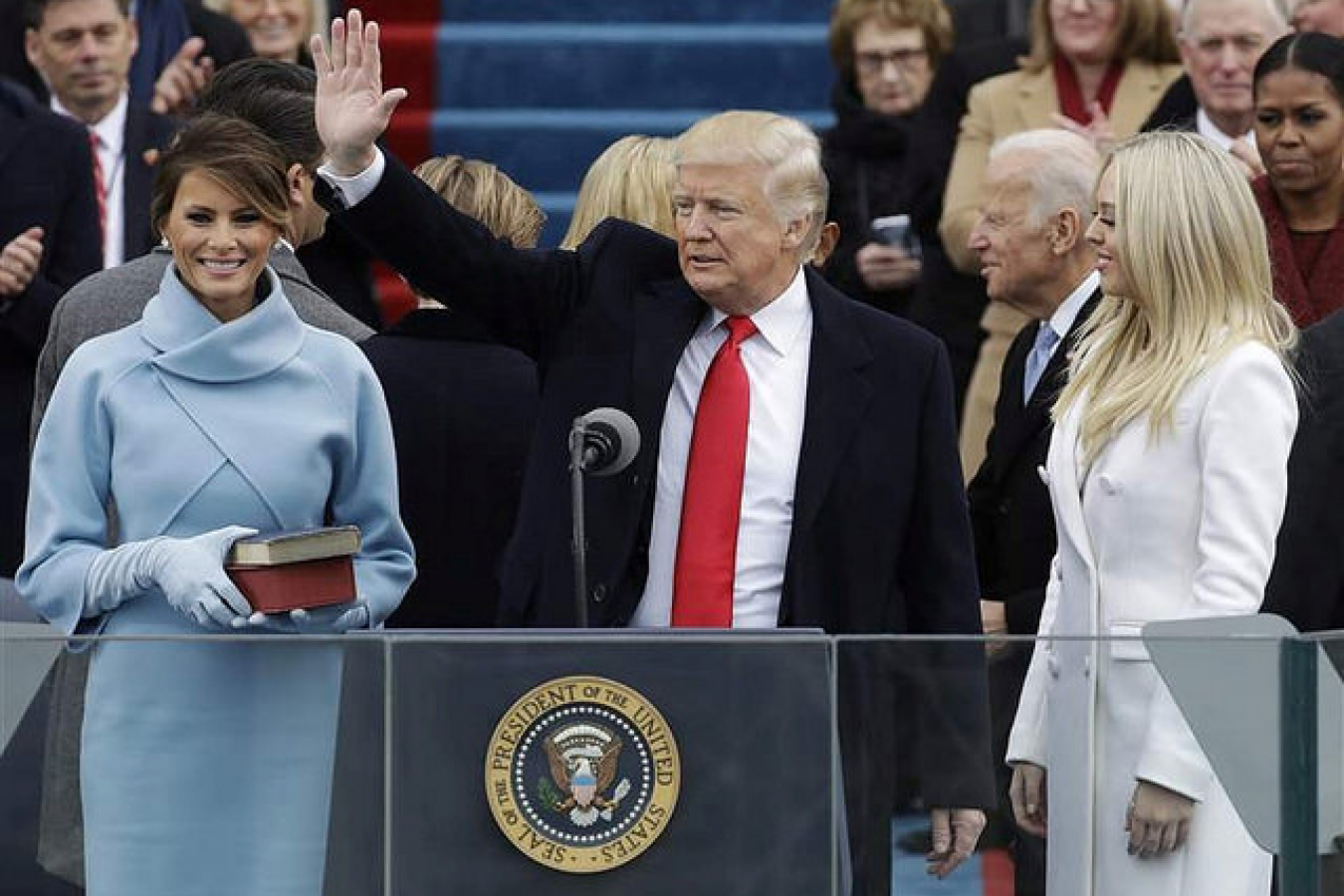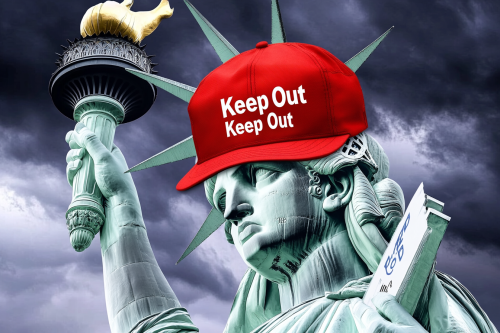According to official guidelines released on Tuesday, February 21, US ‘dreamer’ immigrants will be spared from Trump’s US immigration crackdown. The President’s administration will press ahead with plans to consider virtually all illegal immigrants subject to deportation, but will keep protections in place for immigrants who entered the US illegally as children.
On January 25, Republican President Donald Trump signed an executive order for a full-scale US immigration enforcement plan, with the Department of Homeland Security (DHS) issuing guidance to immigration agents to execute Trump’s orders.
In 2012, former US President Barack Obama, signed an executive order that would safeguard the estimated 750,000 immigrants who had been brought into the United States illegally by their parents. Donald Trump has stated that the issue has been ‘very difficult’ for him.
Getting tough on US immigration was a feature of Trump’s presidential campaign, which included promises to deport the estimated 11 million illegal immigrants currently residing in the US. While his stance appears to have softened, the newly installed President preyed on public fears over violent crime and threatened to build a wall along the US-Mexican border.
As of February 9, Trump – in his first month in office – has already signed 25 executive actions, one of which was an immigration ban. The President issued the order to ‘prevent potential terrorists entering the USA.’ However, his ban has since been quashed by a US court.
Trump’s US Visa crackdown has sparked protests
The President’s proposed measures targeting illegal immigrants have sparked protests. Recently, activists orchestrated a protest called ‘A Day Without Immigrants’ to emphasize the importance of foreign-born nationals, who represent approximately 13 per cent of the US population, the equivalent of 40 million people from overseas classed as American citizens.
Prior to its removal by park rangers, protesters attached a banner to the base of the Statue of Liberty – a symbol of America’s welcoming attitude towards immigrants. The banner declared “Refugees Welcome.”
During a conference call with reporters, DHS officials stated that ‘although any immigrant in the country illegally could be deported, the agency will prioritize those deemed a threat.’ It’s understood that the DHS was referring to recent entrants to the US, those convicted of a crime and those charged with criminal activity, but not found guilty.
A number of the guidelines that the DHS are required to adhere to were documented in a draft memo. Most of the instructions featured in the guidelines will not be enforced straightway as they require approval from Congress. There will also be a chance for the public to comment and there will be consultations with other Countries. Unsurprisingly, officials from Mexican immigration immediately contested some of the proposed new rules.
More US Immigration and Customs agents required
The guidance notes issued to the DHS also urged for the recruitment of more agents, recommending that US Immigration and Customs Enforcement (ICE) hires 10,000 extra bodies, while 5,000 more agents should be recruited by US Customs and Border Protection (CBP).
The DHS is required to publish a notice in the Federal Register, which is subject to review, in order to enforce part of the plan that urges ICE agents to increase the number of immigrants who are refused a hearing prior to being deported.
The latest rules would subject immigrants, who are unable to prove that they have been in the US for a period exceeding two years, to ‘expedited removal.’ Current legislation states that ‘only migrants apprehended in close proximity to a US border, who are unable to provide evidence that they have been in the country for more than 14 days, are subject to ‘rapid removal.’
The draft memo further instructs ICE to detain migrants currently awaiting the outcome of a court decision determining whether they will be deported or granted relief, such as asylum, according to a CNBC report. However, DHS officials did say that they are reviewing what controls are in place that prohibit the number of immigrants that can be detained.
It’s understood that the DHS will send non-Mexican migrants entering via the southern US border back into Mexico while a decision is made regarding their case. However, the agency said this plan can only happen in partnership with Mexican authorities, which is unlikely to happen overnight.
The guidelines issued to the DHS were released just a day before US Secretary of State, Rex Tillerson, and Homeland Security Secretary, John Kelly, were due to arrive in Mexico City for talks with Mexican President, Enrique Pena Nieto and Mexican government officials.
According to the CNBC report, an official from Mexico’s Foreign Ministry said the Mexican government would communicate to John Kelly’s team that it was ‘impossible’ for Mexico to accept deportees or asylum applicants from foreign nations and that their plan would need to be explained.
The official, who refused to be named, said: “The deportation of Mexicans would be one of the government’s major concerns at the meeting.”




